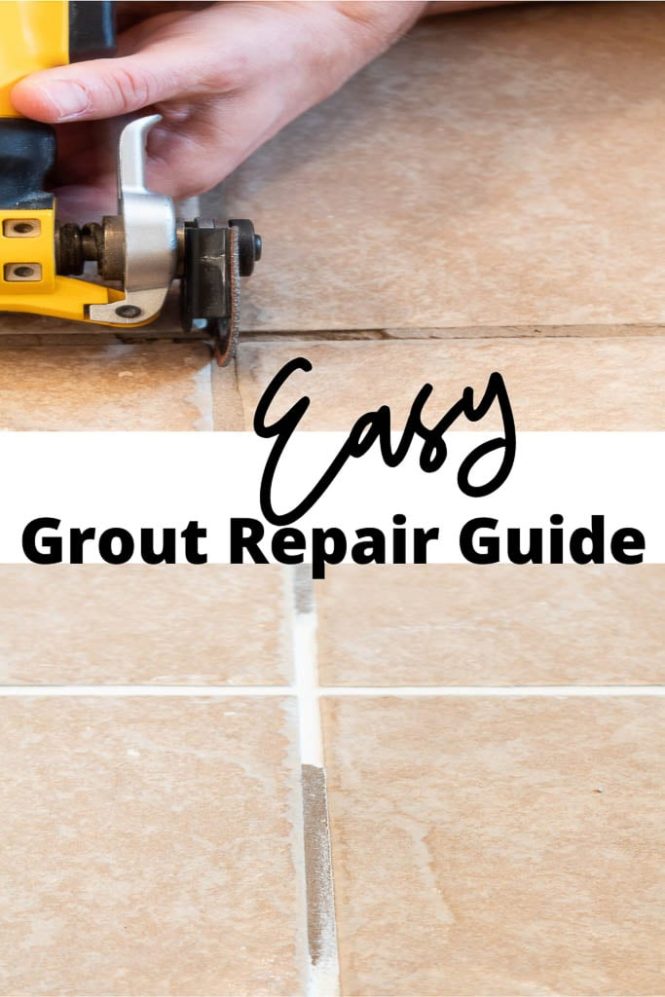

Dealing with cracked floor grout can be a frustrating experience, but it doesn’t have to be a major headache. Cracked grout not only detracts from the aesthetic appeal of your floors but can also indicate underlying structural issues. This comprehensive guide provides effective solutions to address cracked grout, from simple fixes to more complex repairs. We’ll delve into the causes, common problems, and various solutions to tackle this common flooring issue, ensuring your grout is restored to its former glory. This article will cover everything from identifying the problem to implementing various repair techniques, ultimately empowering you with the knowledge to confidently restore your cracked grout.
Identifying the Causes of Cracked Grout
Understanding the Root Causes
Cracked grout is often a symptom of a larger issue, ranging from improper installation to underlying floor problems. Incorrect grout mix ratios, inadequate curing time, and insufficient water content in the grout can all lead to weak grout that cracks under stress. It’s also important to consider the type of tile and grout used. Some materials are more susceptible to cracking than others. Environmental factors such as temperature fluctuations and moisture issues can also contribute to cracking. Sometimes a crack is a sign of a more significant structural issue, like settling or a faulty subfloor. A thorough investigation is essential to determine the root cause of the problem. By pinpointing the source, you can effectively target the solution, ensuring a lasting and aesthetically pleasing outcome. For example, a crack running horizontally across a series of tiles might point to movement in the subfloor, while cracks radiating from a single tile might indicate an issue with the grout itself.
Assessing the Damage
To effectively deal with the cracks, careful assessment is crucial. Examine the severity and extent of the damage. Note the size, shape, and location of the cracks. Small cracks might simply require a touch-up, whereas larger or more widespread cracking might necessitate a complete replacement. Take photos of the damaged area before beginning any repairs. This documentation proves helpful in troubleshooting and in guiding your process, and can even be useful if you need to contact a professional.
Choosing the Right Repair Method
Simple Fixes for Minor Cracks
For small hairline cracks, a simple grout repair might suffice. Using a grout-matching material, carefully fill the crack, smoothing the surface with a damp sponge or a grout float. Let the repair dry completely according to the product instructions. This method works well when the damage is superficial and does not affect the integrity of the surrounding grout. For example, a small hairline crack in a kitchen tile may only require this simple touch-up, minimizing the extent of work needed. It’s a practical, time-effective strategy and can save a considerable amount of effort if applied appropriately.
Addressing Larger Cracks
For more significant cracks, a more extensive approach may be necessary. Replacing the affected grout and re-grouting the whole area might be a better solution in some cases. Thoroughly clean the cracked grout area, removing any debris. Apply a suitable grout cleaner or sealant to ensure complete adhesion when you reapply the grout. Follow the instructions on the grout product packaging closely, ensuring proper mixing and application. For instance, if the cracks affect a substantial section of the floor, re-grouting the whole area might be more beneficial than simply patching the cracks. It might also entail the need for a professional.
Preventing Future Grout Problems
Maintaining Healthy Grout
Regular maintenance can greatly reduce the likelihood of grout cracking in the first place. Inspect the grout for any signs of wear and tear on a regular basis and address any minor issues promptly. Use appropriate cleaning agents and avoid harsh chemicals that can damage the grout. Clean spills immediately. This proactive approach can help extend the lifespan of your grout, avoiding costly repairs and preventing aesthetic problems. A well-maintained grout tends to remain solid and withstand wear better, resisting cracking.
Choosing the Right Grout
The type of grout you choose can significantly impact its resilience. Consider the environment in which the grout is installed. For high-traffic areas, opt for a more durable grout material with a higher resistance to stain and cracking. By carefully choosing the correct grout, you will increase your chances of a durable and long-lasting installation. For example, for a kitchen, where spills and moisture are more common, a stain-resistant epoxy grout would be more suitable.
Professional Grout Repair Options
Consulting with Professionals
In some cases, professional repair might be necessary. If the cracks are extensive or if you’re unsure about the best approach, consulting a qualified professional is a good option. Professionals possess specialized skills and knowledge in dealing with various grout issues. They can assess the extent of the damage and recommend the most appropriate repair technique. In cases of large scale cracked grout, specialized grout repair techniques or even replacement of tiles or grout might be necessary, which is best handled by professionals.
Conclusion
This is a placeholder for the FAQ section and will be populated with the requested content
In conclusion, dealing with cracked floor grout requires a systematic approach, ranging from identifying the cause to choosing the right repair method. By understanding the root cause and employing the proper techniques, you can effectively restore the beauty and integrity of your floors. Remember, prevention is key to avoiding future grout problems, and regular maintenance can significantly extend the lifespan of your tiled surfaces. For detailed instructions and expert advice, visit our website for a comprehensive guide to maintaining beautiful, lasting floors.